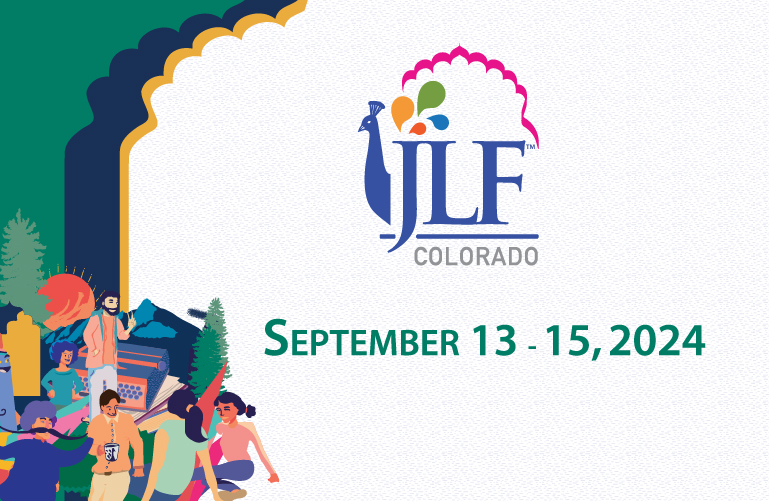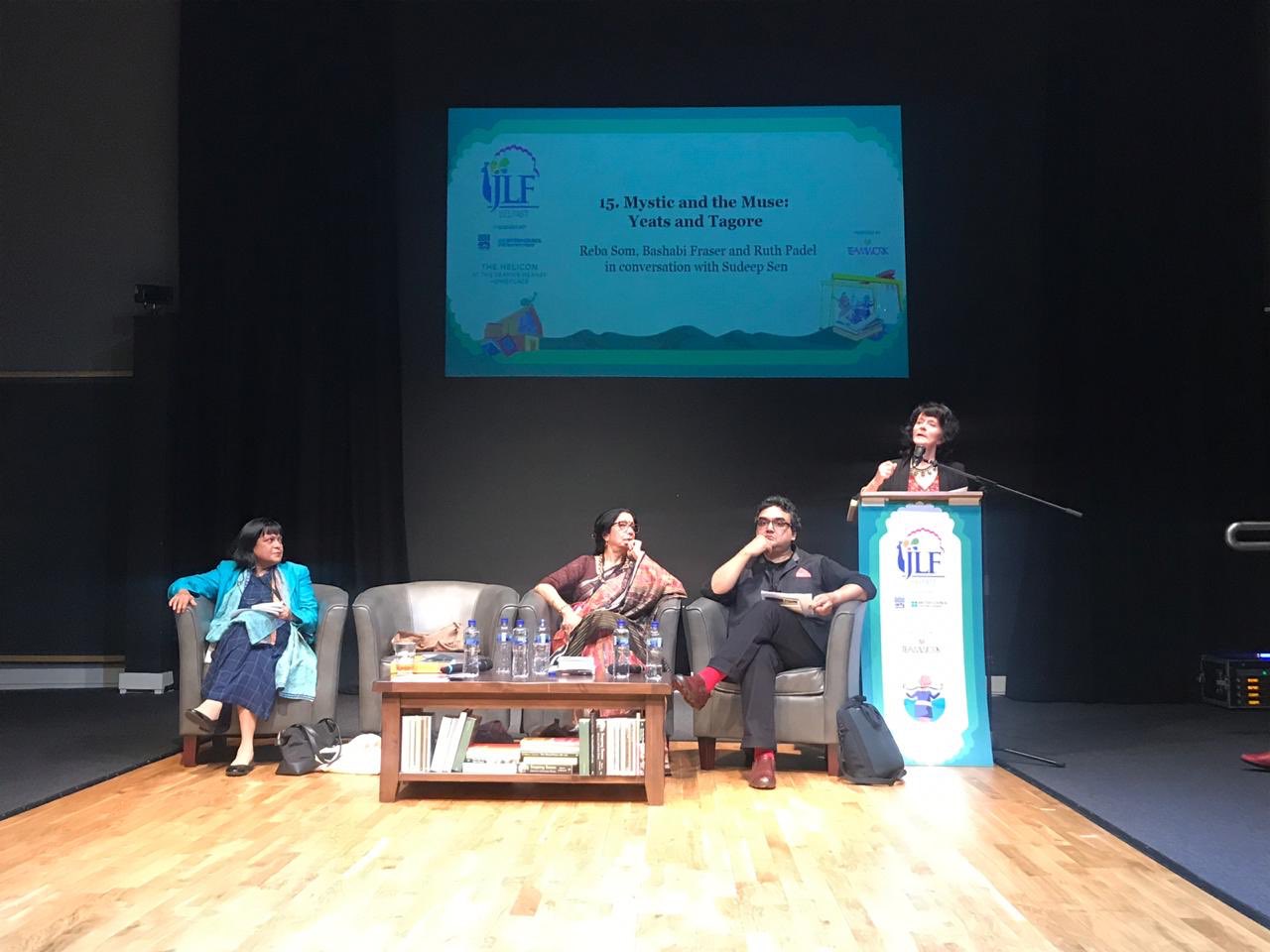


Mystic and the Muse: Yeats and Tagore, Reba Som, Bashabi Fraser and Ruth Padel in conversation with Sudeep Sen
Two writers whose work is rich with mysticism, WB Yeats and Rabindranath Tagore were poets who admired and later criticised each other’s work. Discussing them, their work and their relationship at the Seamus Heaney HomePlace was Reba Som, Bashabi Fraser and Ruth Padel in conversation with Sudeep Sen.
Each discussed their views on the poetic pair, with Som beginning by comparing their poetry to the work of Seamus Heaney. Heaney, she said, was “acclaimed for the lyrical beauty and ethical depth” of his work, the same of which she believed could be said of Tagore.
Although not very confident with his English, Tagore nevertheless managed to write in the language and make significant impressions with his work. Indeed, having written a collection of song poems, he travelled to London in 1912, where Yeats discovered his poetry and was “very moved” by it.
“There was an innocence, a simplicity and a spontaneity in [the poems],” said Som. “They weren’t translations, but poetry reborn … expressions that came from the heart.”
She said that Tagore often held London soirées, where Yeats would read and Tagore would sing. “To the reserved English, these poems touched them profoundly,” she said.
Padel went on to explain that Yeats and Tagore were two poets who were “interested in the singing form and in taking their society forward.” They were both aware that their society needed to undergo change and they had “fantastic metaphors built into their songs”.
Yeats, she said, saw his own work mirrored in Tagore – he saw “a kind of high theatricality that was genuine.” He looked for spiritual intellect and seemed to have found a similar soul in this Indian writer.
There was, Padel added, an ongoing ‘battle’ between the modernists (e.g. Pound and Elliott) and Yeats about who was more true and emotionally genuine in their work. Indeed, as Fraser later pointed out, both Yeats and Tagore were “romantics and modern, rather than being modernists”.
“Both of them felt that education and colour began with the mother tongue,” she said. “For them, that was English and Bengali. Both of them also bring the ordinary person into literature.”
With Tagore, she said that the Western population had in him both a mystic and a pragmatist. However, what they wanted was “only mystics”. “I think that’s why people fell away from him,” she said.
However, she pointed out that both Yeats and Tagore have remained very much relevant even today, adding that “they both never lost their faith in humanity”.
In the question and answer session which followed, Sen said it was necessary to view Tagore as “a holistic artist”. He also referred to Tagore’s “remarkable contribution to the fine arts” and how he could transform a piece of manuscript into a work of art by blocking off parts of the text with red and black ink.
During the event, the audience was also treated to a rendition of Auld Lang Syne from Padel and Som.
The final word of the day went to Som, who shared a piece of wisdom from Tagore, which was that he “believed in taking a moment’s break from the humdrum of your life”.

Leave a comment